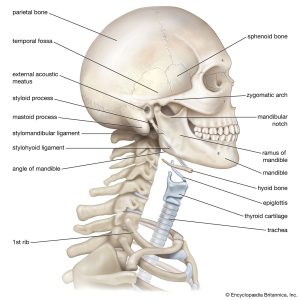In September 2022, an 18-year-old worker in India died after a heavy metallic object fell on his head, causing a rare and fatal cervical spine injury. The object struck the front of his head while he was standing at work, leading to immediate unconsciousness, respiratory distress, and shock.
Doctors discovered a rare retropulsion fracture of the C5 vertebra—meaning it collapsed backward into the spinal canal—along with a secondary fracture at C6. What made this case so unique was the absence of typical signs like facet or pedicle fractures, making it unclassifiable by current spinal injury systems.
Despite emergency intubation, traction, and cervical support, the young man died within 48 hours. His injury—a violent “nutcracker-like” compression to the spine—left no surgical option.

Why This Matters:
-
The case highlights a dangerous gap in current injury classification systems, which couldn’t account for the specific fracture pattern.
-
It shows how a single falling object—even from a modest height—can be fatal.
-
It underscores the need for strict safety protocols, including helmets, secure overhead storage, and better worker training.

Takeaway:
This heartbreaking incident is a stark reminder of how fragile the human spine is—and how vital it is to prevent head injuries before they happen. For both safety professionals and medical teams, it calls for updated protocols, greater awareness of rare trauma patterns, and faster emergency responses.





